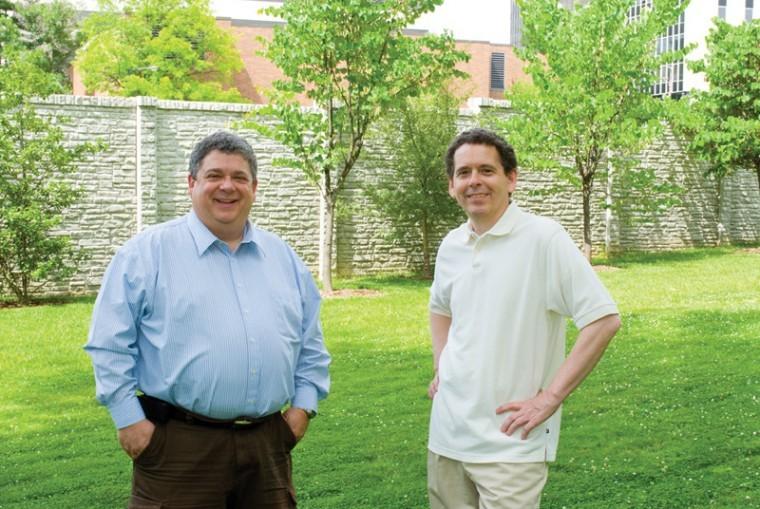Merger talks progressing between Conservative shuls
Published October 27, 2010
Temple Israel and United Hebrew Congregation may have made big news by bringing up the possibility of joining forces, but they are not the only synagogues in town having discussions over a potential merger. Two conservative institutions, Brith Sholom Kneseth Israel and Shaare Zedek Synagogue, have been in talks along those lines since January.
It’s a process well known to the Kodner family. Gary Kodner (a Jewish Light Trustee and Vice President) is president of Shaare Zedek while his brother Rick holds the same position at BSKI. While the two synagogues’ issues may differ from those presented by their Reform counterparts, both have gained some insight into the inner workings of such talks over the last nine months.
By the end of the month, the two congregations will begin to pull together the work of all their individual committees into a task force report that they hope to issue to both boards by the end of the year. From there, the boards will decide whether to continue with the process or not.
Gary Kodner jokes that both his congregation and BSKI started the process backwards. Often, people get hung up on logistics, he said. Discussions wind up centering on budgets, as well as numbers of employees or facilities issues. What needs to be decided first, he said, is an overall concept, a goal to which people can attach. Initial conversations shouldn’t focus on parking lots or classroom space but the core rationale for the move. Why might one organization be preferable to two?
“A lot of time has been spent comparing and contrasting the two institutions in terms of weaknesses and strengths,” he said, “what’s preferable, what’s not preferable, what we might want to see in another congregation, and not enough time is spent on visionary conversations.”
The financial reasons for making two into one are obvious, he said, but not always compelling on a human level.
“The uncertainty of that is not knowing what that new entity really looks like, what it believes in, what it stands for, what kind of a community it will be,” he said. “You can’t simply take one congregation and say come on over to ours, particularly if they are of equal size. One will always feel swallowed up or taken over by the other.”
The answer, said Gary, is in giving birth to something new, an institution both parties can have ownership in. That means thinking in a visionary rather than functionary manner.
“The only neutral ground you can have is to try to create something else other than one of the two congregations,” he said. “If you are going to create something new, you have to define what that new is.”
His brother Rick Kodner agrees.
“The one thing we’ve learned is that you have to figure out what the vision for the new community is going to look like and feel like and not worry about bricks and mortar and personnel,” he said.
Keeping people on task is another challenge, Rick said. Adding more voices to the process is vital but more hands on deck doesn’t equal a quicker pace.
“When we first started out and we had a group of six people from Shaare Zedek and a group of six people from BSKI, we were able to move things forward quite well,” he said. “As soon as we opened it up to the greater community for the additional parts, that’s when we started running into scheduling problems and people getting hung up on one thing or another.”
Logistics must eventually be dealt with. Like TI and UH’s committee, the BSKI/Shaare Zedek panel created subcommittees.
“One of the things we’ve learned over the past few months is that some areas are more critical than others,” Gary said, noting that ritual, membership, finance and building seemed to be the most important issues.
The best advice to get over the hump, said Rick, is to stay slow and steady, making sure the realities are understood by all involved.
“The trials and tribulations that you are going to run into are people thinking with their hearts instead of their minds,” Rick said.
Still, making everyone a part of the process is absolutely necessary. Changes that are forced through by small groups won’t fly. Above all, both Kodners stress the need to be transparent and open. Rick said both have made it clear there was no preset conclusion to be reached but instead an exploration of the idea. Gary noted that information has been made fully available throughout the process to those both for and against a merger.
The final piece of advice? For sticky points, acquire a trained non-partisan third party. Rick recalls work done by the intermediary the two congregations used during one rather contentious gathering.
“He came in for a very tough meeting and was able to keep things on the straight and narrow and made it a whole lot smoother,” Rick said.
How important was he?
“Without him, we probably would not be talking right now.”
















